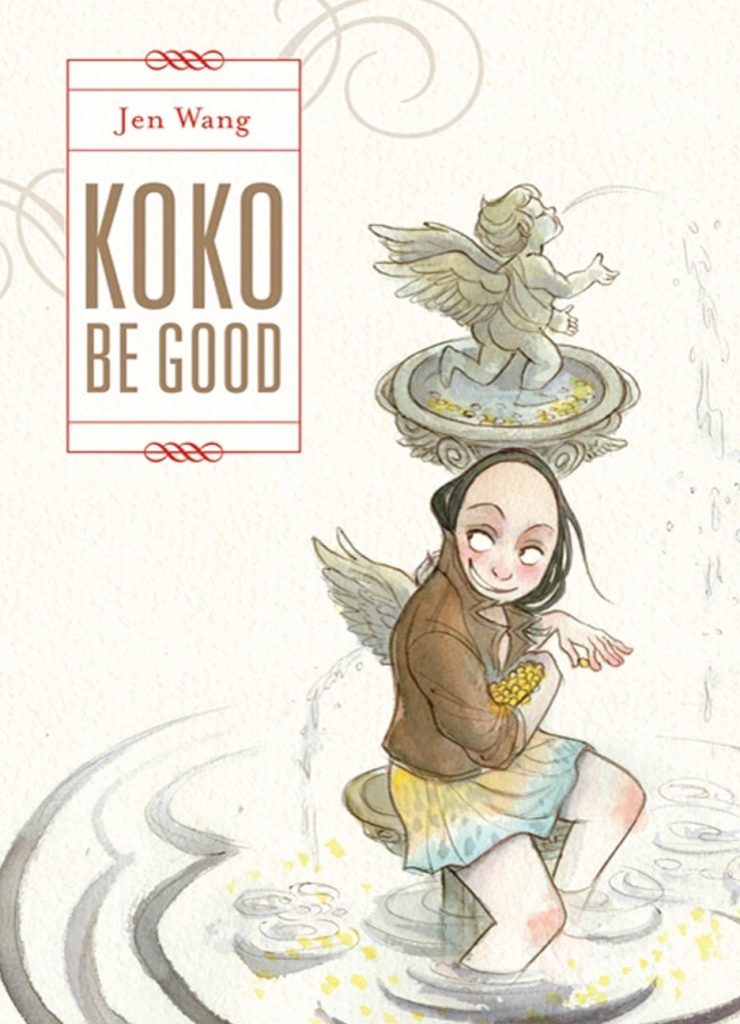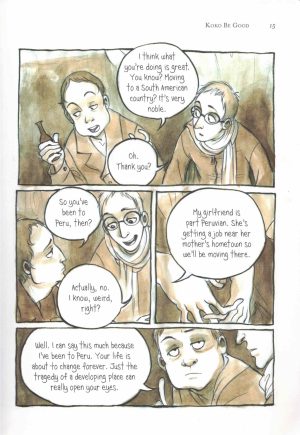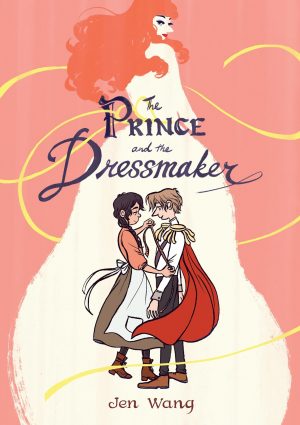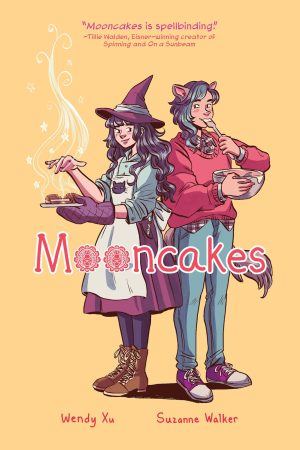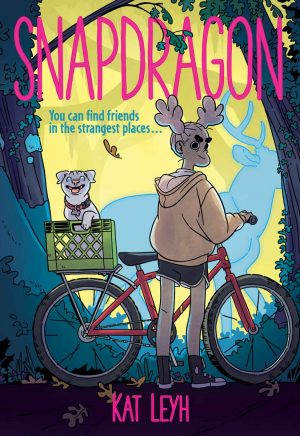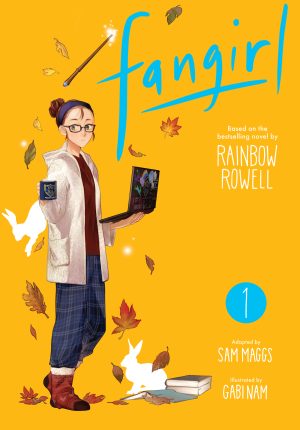Review by Colin Credle
Jen Wang’s Koko Be Good is an unexpected idiosyncratic delight. The phrase “coming of age” often connotes a sexual awakening, but the characters here are wrestling with a more contemplative coming of age: if you think you’re a good person, how do you know? We start with Jon Wilgur in San Francisco, who recently finished college, has an office job, but is leaving it all behind to join his girlfriend in Peru, where she is volunteering in an orphanage. Jon is shedding all his possessions, excited to go, but also wondering how much of this journey is his own or his tag-a-long of his girlfriend’s pursuit of altruism and self-discovery.
Jon meets Koko through some mishaps and misdeeds. For all intents and purposes, Koko is manic, experiencing a roller coaster of highs and lows, from delusions of grandeur straight to paralysing self-doubts, all the while teetering on the edge of homelessness. Noble people offer help at each turn, which she either fails to appreciate or presumes it is earned. Meeting Jon throws her own self-reflection open to a broader perspective – one from thinking only of the immediate day and its potential to the longer arc of developing one’s character.
Koko demonstrates the potential to be an auto-didact, she certainly has the energy but is constantly distracted by her immediate problems, and she asks us: “do you need tangible results for how you spend your time?” Much of Koko’s frenetic energy leaps off the page, dotted with unexpected pithy, observant and ironic statements. Many of Jon’s friends have chosen well-trodden paths for career and personal growth, and Koko can be hurtful in her statements as they blurt out without much forethought, but you can’t ignore their authenticity nor their truth.
Author and illustrator Wang excels with dialogue, effortlessly using irony and action to explain and posit intriguing thoughts, and the sepia tones don’t detract from the great detail in each panel. We see Koko rescue an expensive puffer fish on sale at the pet shop, but only by observing the panels carefully. Her forehead morphs into an almost manga like proportion which is at first off-putting, but ends up being part of her expressiveness and energy.
Wang boldly takes on post-college alienation, the unintended consequences of our good intentions, the challenge that noble efforts abound, but often misfire. A third character, Faron Lau, is laconic, but just as captivating. Jon struggles with his love life, but Koko is not there as a love interest – she is wholly cut from her own cloth, bouncing off the walls and blurting out things we should consider before starting any long-term journey.
